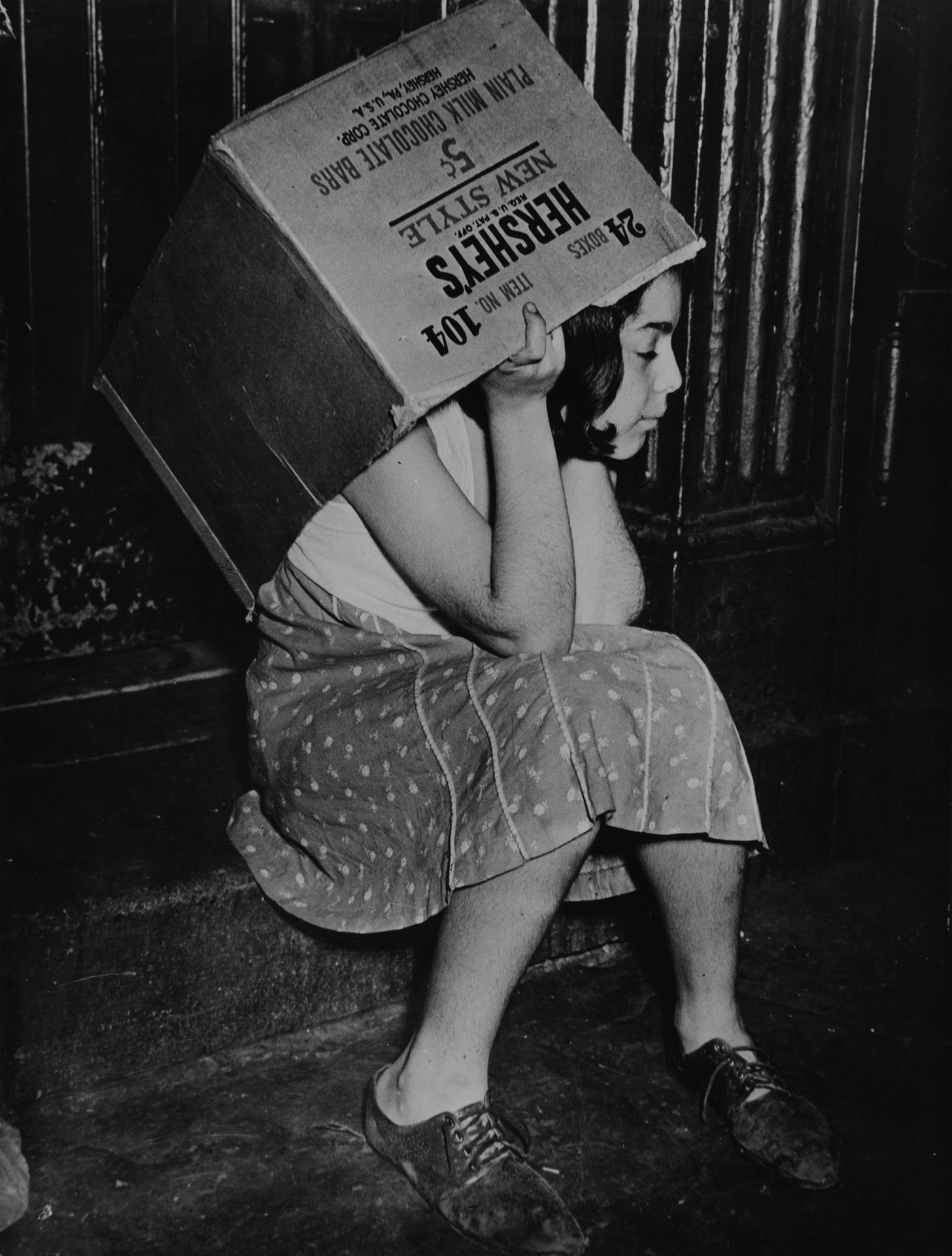Description
Weegee (1899-1968) - Girl with Hershey's box, 1940s Vintage gelatin silver print 9.1 x 7 in. Photographer's credit stamp on the verso This lot is subject to Artists Resale Rights
218
Weegee (1899-1968) - Girl with Hershey's box, 1940s Vintage gelatin silver print 9.1 x 7 in. Photographer's credit stamp on the verso This lot is subject to Artists Resale Rights
You may also like
